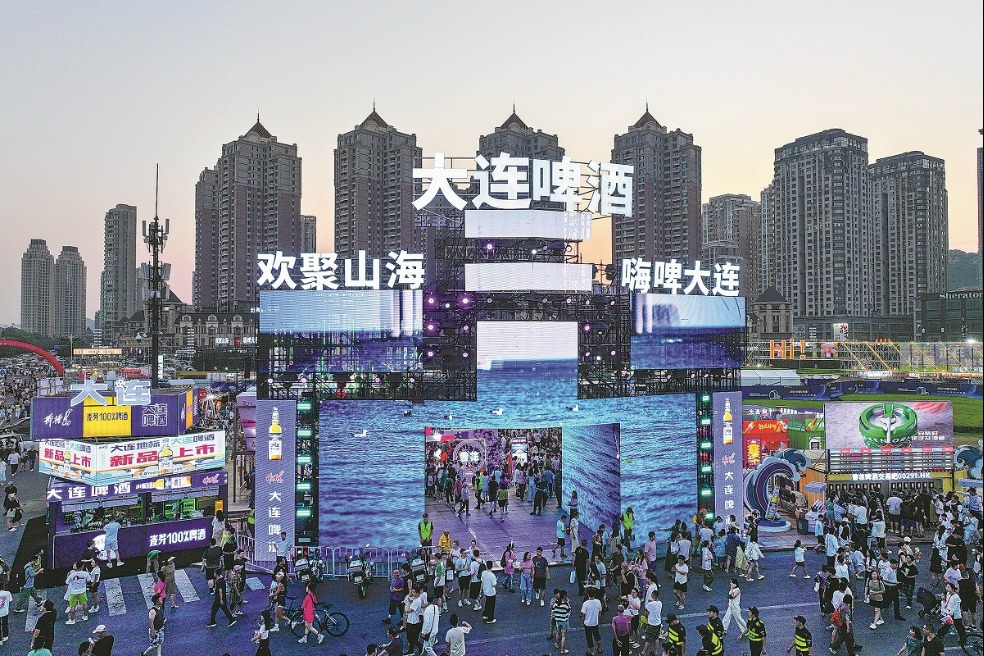A modern city where you can step back in time

In many respects, Beijing is a very modern city-ultramodern in some regards-with its many skyscrapers, countless modern apartment blocks and an infrastructure which would be the envy of many other developing nations. In fact, sometimes it is difficult to believe when walking around Beijing that it is the capital city of what still remains a developing nation.
But don't let all of this glitz and modernity deceive you, the Chinese capital is a city with a rich heritage and a very long history. And in fact, in many parts of the city, you will actually be walking in the footsteps of that history. The area to the due south of Tian'anmen Square, in the heart of the capital, is such an area, and a recent visit there gave me a sharp reminder that Beijing is such a historical city. It also reminded me of the great efforts which have been made in recent decades to preserve and restore that heritage.
So, as I set off to the south of Tian'anmen Square, with the imposing Zhengyangmen Gate in full view, I found myself in Qianmen Street, also known as Dashilaer, a historical business street in Beijing with a history of more than 500 years.
I remember the first time I visited that area, in the early 2000s, and my overall impression was that it was a very rundown and dilapidated place. In fact, it looked like somewhere that property developers could have been eagerly eyeing up with the intention of demolition and the construction of yet more faceless and characterless modern buildings, signaling the destruction of the area's rich heritage.
Instead, a very different course of action was taken by the government. Rather than allowing the area to lose its original look, what happened was that it was renovated between 2007 and 2008 to restore it to some semblance of its former beauty.
Now, visitors to Beijing can not only get a feel for what the city was like in the early part of the last century, but they can also get a taste of it at the many stores selling characteristic Beijing-style snacks, as well as at restaurants such as the iconic Quanjude roast duck restaurant.
This is because Qianmen Street is no mere "museum piece" or "heritage park", but is a living and working business street. But what makes it different is that many of the businesses dotted along this historical street are also an integral part of the city's heritage, some of which are several hundred years old. The aforementioned Quanjude is but one, which is joined by many others such as the Tongrentang traditional Chinese medicine store, the Ma Juyuan hat shop, Rui Fuxiang silk store and the Nei Liansheng shoe shop. This not only adds to the historical authenticity of the street, but is also a testament to the Chinese government's efforts to preserve what are known as "time-honored brands". There are over 1,000 of these laozihao in China, with an average age of 160 years.
So, preservation of heritage in China is not just about bricks and mortar, it's about the preservation of an important aspect of culture as well as safeguarding businesses and jobs in a rapidly changing market.
But don't just take my word for it, take a ride on Beijing's ultramodern subway system to arrive at the iconic Qianmen Street, where you will literally take a journey back in time.

Today's Top News
- China sees over 33.7 billion inter-regional trips in H1
- BRICS justifiably calls for IMF reforms
- Xi receives credentials of new ambassadors to China
- Sino-US trade talks key to global supply chain
- Medical insurance covers 95% citizens
- Great opportunities mark 50th anniversary






























